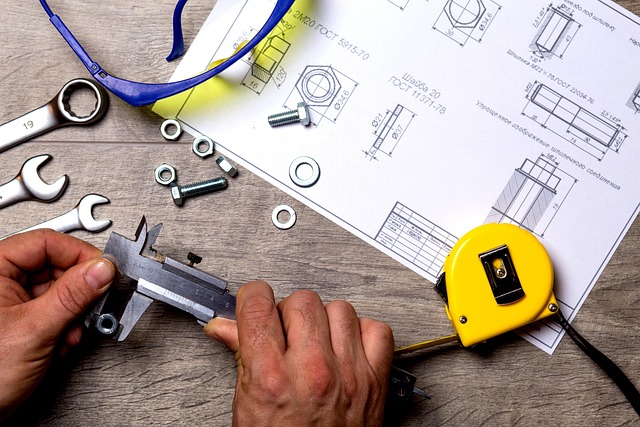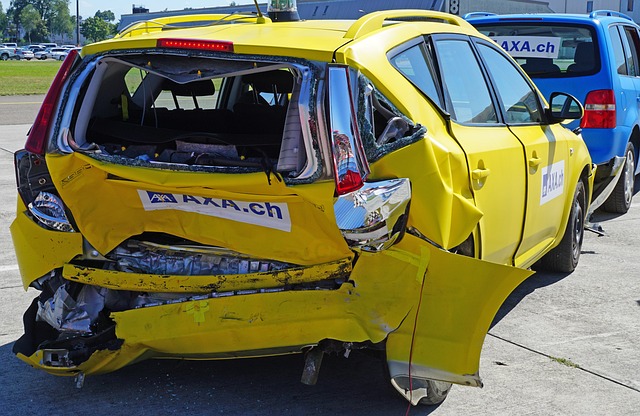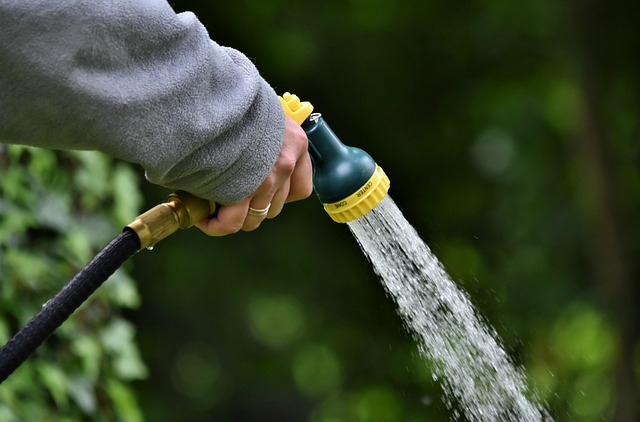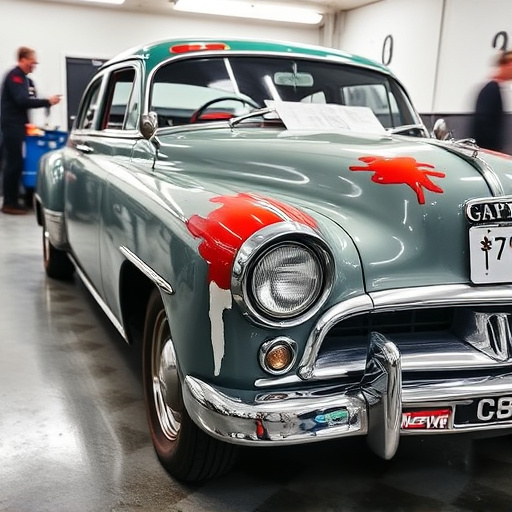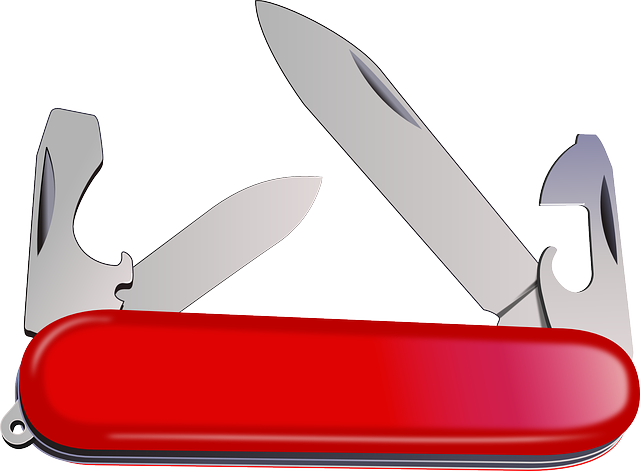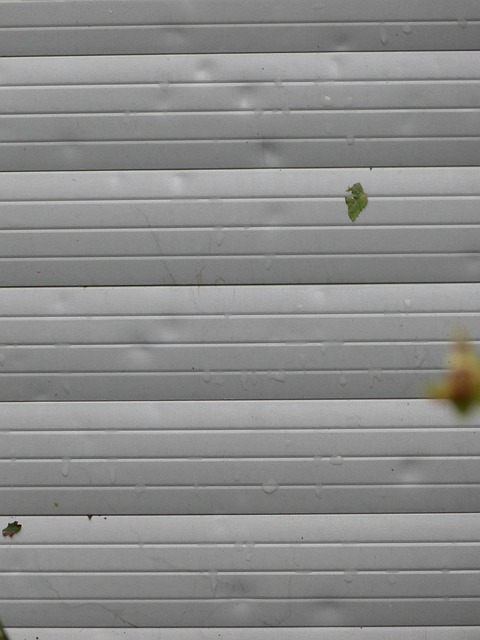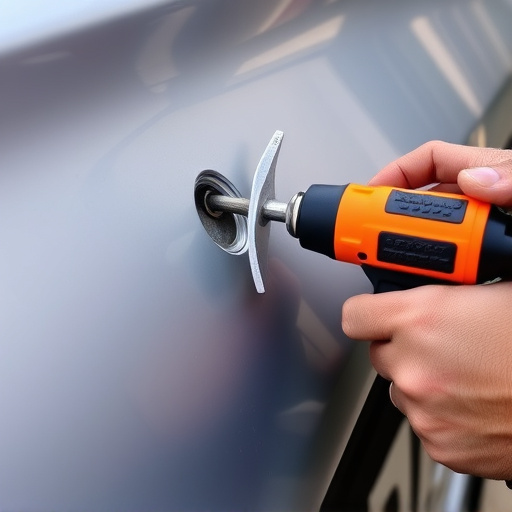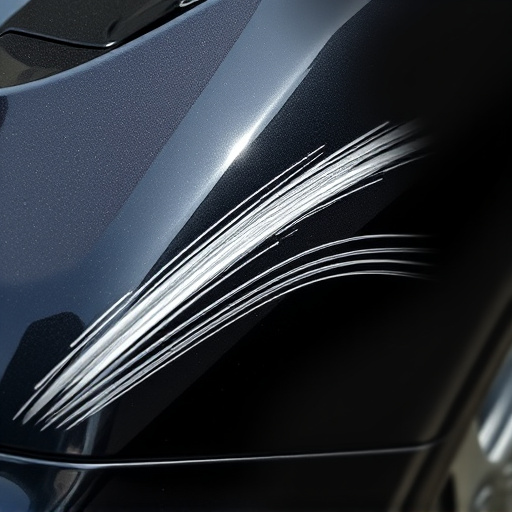Vehicle color matching errors, caused by poor paint quality or application techniques, negatively impact aesthetics and value. Specialized auto repair services use advanced tools like color scanners and CAD software to accurately match original colors. Their expert technicians employ meticulous techniques and strategies, including paint blending and precise inspection, to restore vehicles to their original aesthetic condition, ensuring seamless vehicle color matching.
In the world of automotive repair, achieving precise vehicle color matching is an art. Errors can occur due to various factors, from manufacturing variations to environmental influences, leading to a mismatch between original and replacement parts. This article delves into the common causes of such discrepancies and explores efficient strategies that shops employ to correct these mistakes swiftly. Understanding these techniques is crucial for maintaining the integrity and aesthetics of vehicles, ensuring a seamless color match every time.
- Understanding Vehicle Color Matching Errors
- Common Causes of Color Mismatch in Vehicles
- Efficient Strategies Shops Use to Correct Mistakes
Understanding Vehicle Color Matching Errors

Vehicle color matching errors are common issues that arise during the manufacturing or restoration process, impacting a vehicle’s overall aesthetics and value. These errors can manifest as variations in hue, shade, or tone, leading to visible discrepancies between different parts of the car’s exterior. Such problems often stem from factors like poor paint quality, improper application techniques, or environmental conditions during the painting process.
Automotive repair services specializing in vehicle body repair and car dent removal are equipped with advanced tools and expertise to address these color matching challenges. They employ sophisticated equipment, such as color scanners and computer-aided design software, to precisely analyze and match original colors. Through meticulous techniques including surface preparation, paint mixing, and layer application, these professionals restore vehicles to their original aesthetic condition, ensuring a seamless and accurate vehicle color matching result.
Common Causes of Color Mismatch in Vehicles

Color mismatch in vehicles is a common issue that arises from various factors during the painting process. One of the primary causes is misjudgment or inconsistent application during the initial painting stages, especially when dealing with intricate or shaded colors. Another significant contributor is environmental conditions such as temperature and humidity levels; these factors can affect drying times and the overall quality of the paint job, leading to visible color variations.
Hail damage repair or car damage repair instances also play a role, where vehicles may sustain minor dents or scratches that, if not addressed properly, could disrupt the even distribution of paint. Auto body shops employ advanced techniques to rectify these issues, ensuring precise matching through specialized equipment and trained personnel.
Efficient Strategies Shops Use to Correct Mistakes

When errors occur in vehicle color matching during auto repair services or at a vehicle body shop, efficient strategies are essential to correct them promptly. Shops often start by thoroughly inspecting the affected area to identify the extent of the mistake. This meticulous process involves comparing the damaged part with the original specifications and samples from the manufacturer to ensure precise matching.
Once identified, several strategies are employed. These include blending and mixing paints to create a color that closely matches the vehicle’s existing shade. Advanced technology, such as computer-aided design (CAD) systems and color scanning tools, aids in exact replication. For more complex repairs, shops might need to order specialized paints or even custom-make them to match the vehicle body repair perfectly. This commitment to accuracy ensures that the final result is a seamless blend, preserving the vehicle’s aesthetic appeal and value.
Shops employ swift and effective strategies to fix vehicle color matching errors, ensuring precision and customer satisfaction. By understanding common causes such as improper mixing, environmental factors, and surface preparation issues, professionals can implement efficient solutions like recalibration of equipment, standardized procedures, and quality control checks. These measures streamline the process, minimizing delays and maximizing accuracy in achieving perfect color matches for vehicles.
